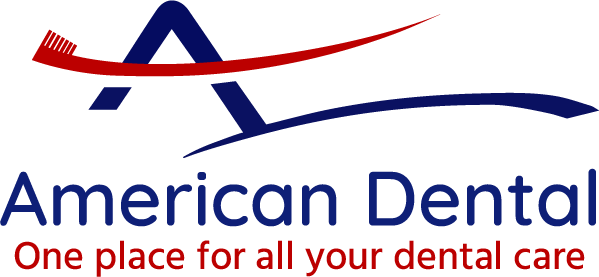Across the globe, the COVID-19 pandemic has caused disaster and disruption in the lives of all people and businesses, including dental teams. COVID-19 is different from the common cold and other types of flu, and thus requires different protective measures than those used previously. During this crisis, dentists in Palos Heights have adopted the following measures to protect their patients, minimizing the risk of exposure and infection during dental treatments.
1. Screen all patients
Before entering, temperatures are taken, and patients are asked about potential symptoms.
2. Use tele dentistry when possible
In order to minimize the risk of transmission, dentists in Evergreen Park are conducting virtual consultations with patients using telephone, video chat, and other remote modalities before patients come to the practice, minimizing the number of unnecessary physical visits to the practice.
3. Utilize the correct personal protective equipment (PPE)
Not all PPE is created equal, nor does each piece serve the same purpose. Surgical masks that do not seal around the mouth and nose for example, are inadequate and do not protect against transmission, particularly when it is impossible to keep six feet of distance between doctor/hygienist and patient. Proper masks (N95s) and face shields better protect the face from airborne pathogens when in close proximity to others.
4. Deeper sanitation of equipment
All surfaces and objects are deep cleaned, and anything that can be utilized as a one-time-use item is used as such.
5. Reduce aerosol production
By utilizing hand instruments, dental dams, and a high speed suction tool, aerosol production is limited. The production of aerosols can cause coughing, further expelling germs.
6. Limited staff in treatment
We have limited the treatment area to one operator and one assistant.
7. Utilize extraoral radiography
Whenever possible, we are eliminating intraoral radiography techniques and opting instead for extraoral. This keeps the X-ray image detecting equipment around the patient’s head and jaw instead of inside the mouth.
8. Educating staff
All practice staff are required to attend the ADA webinar on infection control and disinfection techniques. This way, we are all educated on best practices and can be held accountable for our actions.
9. Monitor staff and be flexible with working arrangements
Staff should constantly monitor themselves for symptoms, as well. We have also implemented policies for sick leave that are non-punitive, encouraging those who are not feeling well to stay away from the practice.
10. Ensure strict adherence to hygiene standards.
Proper hand washing/sanitizing and physical distancing is enforced among staff as well as patients.

